Susan Wicks Secures First New York State Commercial Kelp Permit
Regenerative ocean farming stacks the environmental benefits of growing seaweed and shellfish together, building climate resilience into farm business models through polyculture. Shellfish farms in New York State threatened by ocean acidification are turning to kelp to preserve their livelihood on the water.
In 2021, Susan Wicks submitted the first New York State application for kelp cultivation. The lease amendment would allow her to add kelp to her Moriches Bay farm, Violet Cove Oyster Co. After two years of persistent phone calls to the Army Corps of Engineers, Susan became the first farmer granted a commercial kelp permit in the spring of 2023.
Susan is a 10th generation Long Islander living and working on the water. “I grew up with a father that was a lobsterman and bayman, a grandfather that was a ferry boat captain, a great grandfather that was a boat builder, and another great grandfather that was a rum runner,” she says. After a celebrated career as a WNBA player, Susan returned home to the waters that she grew up on to start her own oyster farm in 2018. The memory of her father’s hardships on the water drove her interest to add sugar kelp to the species she grows on her farm.
In the 80s and 90s, brown tides in the bays of Long Island caused by excess nutrient runoff in the water led to the decimation of shellfish and fish stocks, impacting people like Susan’s father.
“I watched my father lose his profession. I watched my father lose his livelihood, and I watched him lose the thing that made him tick, that gave him life,” says Susan. That pushed Susan to want to both help bring the balance back to the water she was so connected with and to diversify her farm so the same sort of setbacks wouldn’t put her out of business.
Mike Doall, GreenWave partner and Associate Director for Bivalve Restoration at Stony Brook University, connected Susan with GreenWave in 2022, suggesting she tap into GreenWave’s resources to support adding sugar kelp to her farm. In his work with Stony Brook University, Mike created a kelp farm design specifically for the shallow waters of Long Island’s bays where over half of New York’s shellfish farms operate. While in other regions sugar kelp is grown in at least 18 feet of water, Mike’s design makes it possible for farms like Susan’s to grow in just two to six feet of water.
Growing kelp alongside shellfish can provide both environmental and economic benefits to farmers. “When you co-cultivate seaweeds with shellfish, it can provide protection to the shellfish and increase growth rates,” Mike says. Regenerative ocean farms mimic the biodiversity of thriving reefs, and each crop plays a vital role in reviving marine ecosystems. Shellfish filter phytoplankton and other particles from the water while kelp absorbs excess nitrogen and carbon. Research shows that growing kelp alongside shellfish improves water quality while preventing shell damage caused by excess carbon, encouraging shellfish growth. “I like to think globally but act locally,” says Mike. “These localized scales of mitigating ocean acidification can definitely be an important part of the climate solution.”
Utilizing Mike’s shallow water design, Susan added sugar kelp to her oyster farm as a way to bring positive environmental effects to the bay in addition to providing economic stability for her farm. “It makes me feel good about the water, but I also see it's helping my oysters grow better,” she says. Susan plans to grow 30 100-foot lines of kelp within her oyster lines this season.
As a new kelp farmer, Susan credits GreenWave’s Ocean Farming Hub as her “go-to spot” for finding courses, how-to videos, answers to technical questions, and a community of people working towards the same goal as she encounters the challenges of growing kelp. “Everyone can go to the Hub and find something they need and contribute to the conversation. It's like a living document that we're creating as we go along,” says Susan. “That inside information and insight is invaluable.”
Now that Susan has secured a commercial lease, she and Mike foresee a domino effect of other New York farmers getting their permits approved. “Now there's a precedent. Hopefully that will make other applications move quicker,” says Susan.
Mike also points to the success of other farmers in Maine and Connecticut as the push for New York to finally start approving commercial kelp permits. “There was a lot of developing interest from the industry. That really put the pressure on the policymakers,” says Mike. Plus, the prolific results of Mike’s shallow water kelp design have acted as proof of concept. “We are having some of the best growth here of anywhere,” says Mike. “It just grows phenomenally.”
Susan is among a community of New York farmers, scientists like Mike Doall, and supporters like the Moore Family Charitable Foundation interested in leveraging kelp as a climate and economic solution. For Susan, regenerative ocean farming has only strengthened her connection to the water, and she loves seeing the positive environmental impacts of her work. “It makes me happy taking care of the bay that I love and that my family has loved for generations and shared with me.”



